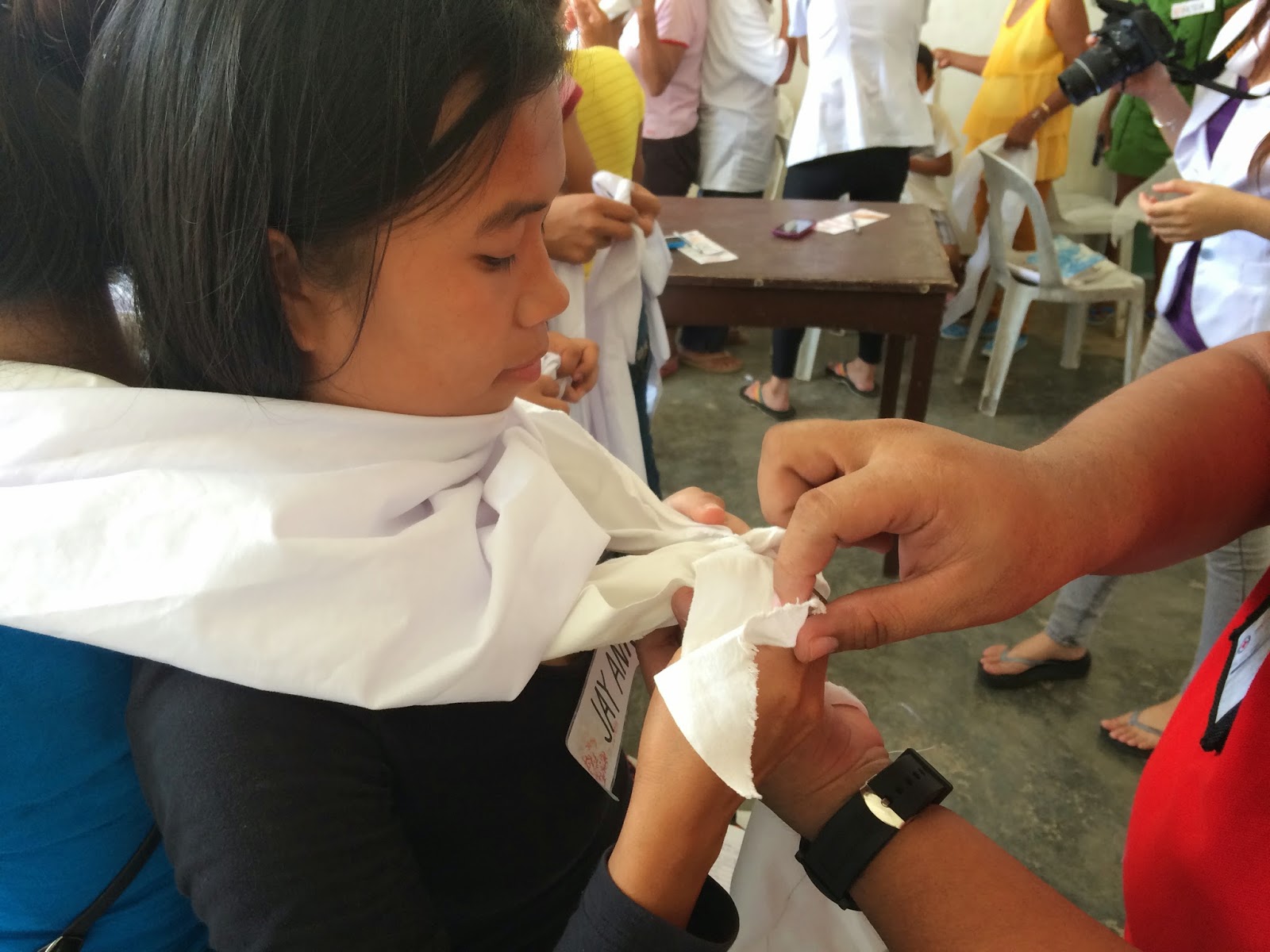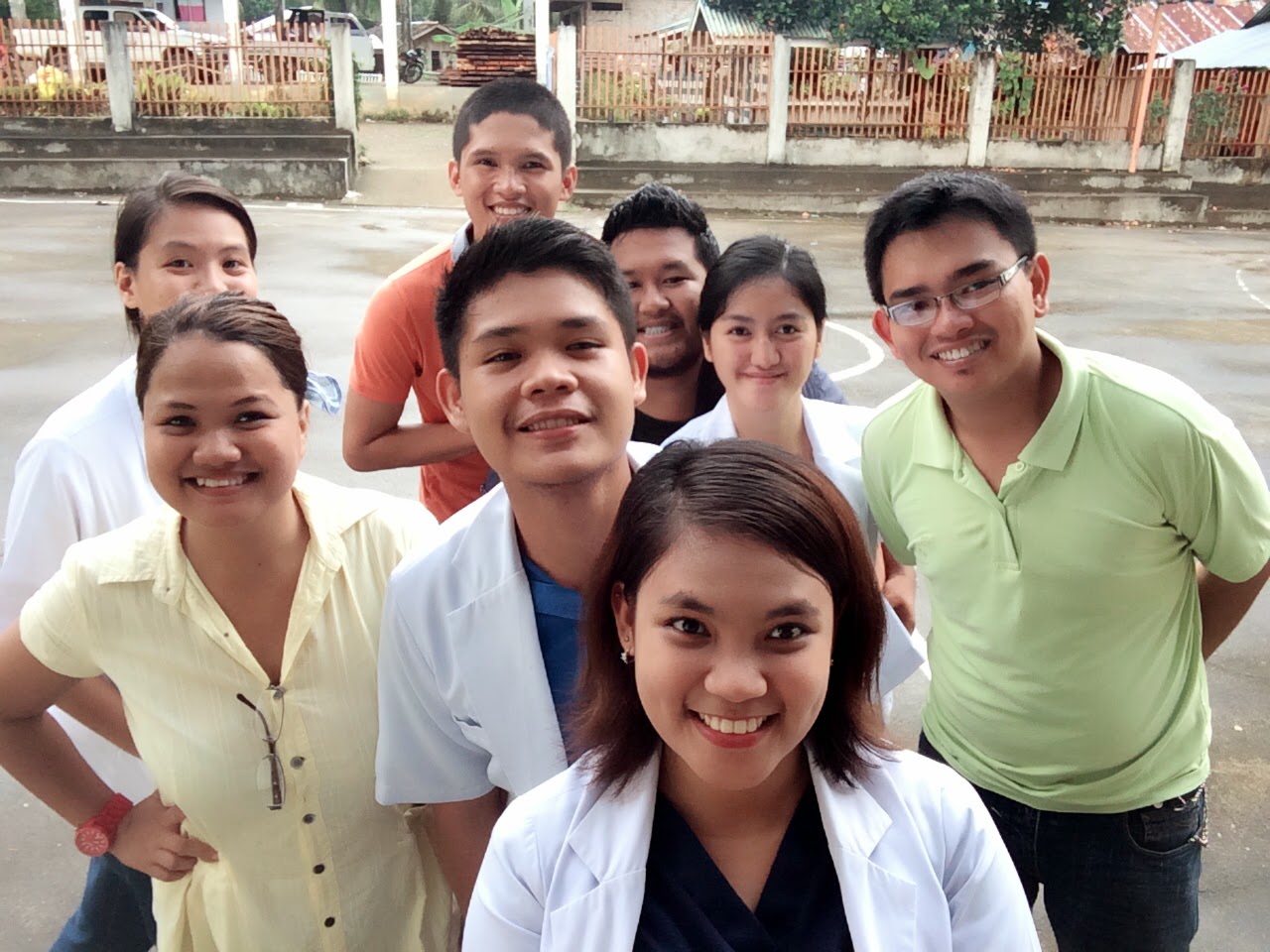Medical school in Ateneo de Zamboanga University - School of Medicine is different. You are not expected to stay in school and study the human body and it's systems. The medical school, from its creation, has made a special kind of laboratory for its students where they can practice the skills they have learned in the school. This laboratory is the community.
For years, the AdZU - SOM, has successfully created avenues for health in different municipalities in the provinces of Western Mindanao, Philippines. The programs have significantly changed the lives and health of the people thus, creating healthier communities and healthier people. Multiple local, national, and international acclaims have been received by these noble actions, and the school continues to gain support to this day.
In my last remaining days as a freshman of this respectable institute, I have perhaps gained a number of testimonies as a disciple of the medical school's mission. Being a new member of the profession has tested me hardly as to my commitment in providing health to the people. But my testimony in this first post, is not about surviving the immersion, it's about the creation of new doctors for a chosen community.
It was the last few days of March, this year, when the whole class of Medicus Enim Dei 2017 was oriented to the Master in Public Health program within the Doctor of Medicine degree. It was exciting, true. A 1-month getaway, I thought, it will be like a vacation.

All the guidelines, policies, protocols, and what-not were already explained to us. In the 3-day orientation, we have been tortured by the mere idea of who we were grouped up with. I guess it was the excitement of being with people we would call "family" for the rest of our medical school days. The torture has dragged on, and perhaps has numbed me a little bit. Few times I thought that I no longer cared who my groupmates would be, so long as they finish the whole orientation and I can finally leave for my break.
One day, during our orientation, we all received letters from the dean with the same message. What struck me the most was the Chinese quote that he included in the end of his letter.
For a while there, I felt ashamed. I had thought that this would all be a vacation and a rebellious escape from my hometown for 20 years. I had not given a single thought of what I was being sent to do for the people. Becoming a doctor was never a selfish profession, it was, and still is a selfless and compassionate vocation where we become responsible for the lives of others.
I am not being sent by the school to a summer break. I am being sent as a doctor and as a disciple of God. I am already outside my childhood and should think and act years ahead of my age. My mission is centered on the people and above them, God.
Eventually, we were grouped, finally. The excitement has burned down to relief. I was not close with these people in my class, but to this day, I still feel secure that I am with them. I did not worry about our ups and downs, our strengths and weaknesses. Because we all held the same letter, the same mission from the dean. And with one goal, we knew deep inside, where we were to go, and how far we can reach.
There are many lessons in this medical school that are outside the concept of health and disease. Being excited for the getaway is always forgivable for first-timers and is impossible to remove. The AdZU - SOM has taught me the growth of spirituality and humanity, a privilege I feel that I can learn in no other medical school.
As I start in a new direction that is my sophomore years in this institute, I worry not of the obstacles I face, for I know that I will never be alone in dealing with them. I am reminded always of that Chinese proverb and the people I am to work with. I look forward to the knowledge and wisdom of Medicine that I will use alongside my comrades to become stewards of God's creation.
This is the start of a number of many more stories of our journey in medical school and how we embark in the advocacy of health among people in rural areas. There are no stops. The mission goes the distance.
-------------------------------------------
Written by Marie Louise B. Viray, R.N. (AdZU-SOM M.E.D. 2017)
Louise is 20 years old and have always wanted to become a physician since the age of 4. She enjoys the everyday wintermelon tea, the solace of her own library, the mysteries of the world, and of course, pizza. To this day she still hopes to become a novelist and perhaps balance all these while also becoming a supermom to 5 kids.













































